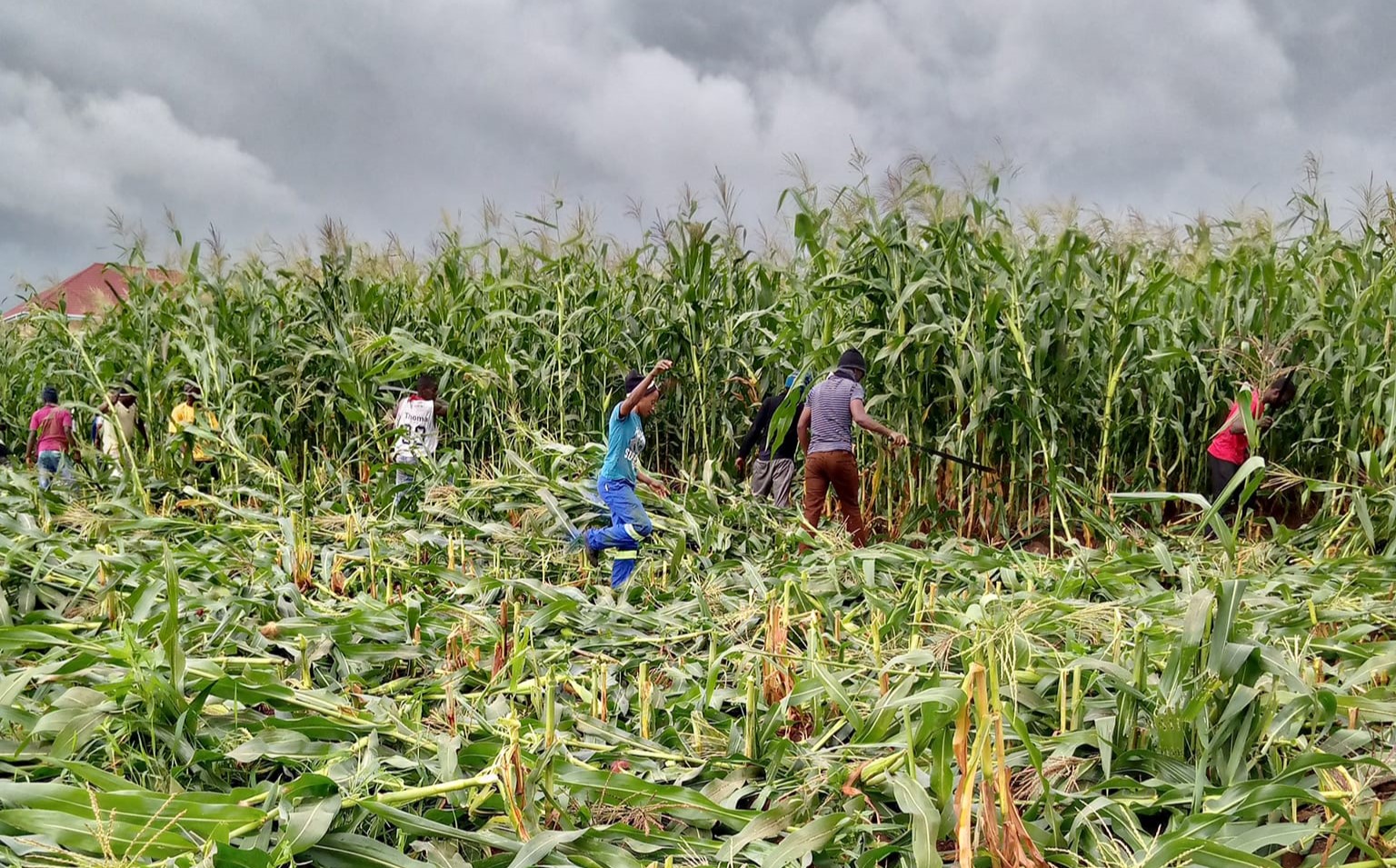Chamber of Mines’ Lungu is right; but it’s all about information sharing
“The mining sector has always been looked at with a suspicious eye. There are certain fallacies and myths, which have been entrenched in our society. The Chamber of Mines is working hard to promote dialogue between all stakeholders. We believe there are solutions at the end of the day.”
This was Dean Lungu, president of the Malawi Chamber of Mines speaking in Lilongwe during the launch of the first Malawi Extractive Industry Transparency Initiative (MWEITI) report.
It was a poignant statement made at the right forum—the launch of an EITI Malawi report.
EITI is an international standard—a global collision of governments, companies and civil society organisations working together to improve transparency and accountability in the management of revenue from natural resources.
Lungu is right about myths and rumours around mining activities. I remember people worrying that tonnes of mineral ‘samples’ are being shipped out of Malawi during exploration for tests, but the experimental staff never comes back to the country.
Even results from the so-called samples, some people claim, are never shared with Malawians.
Lungu is also right that Malawians expect too much from mineral explorers.
Once we hear that a certain company is searching for mineral resources in a certain area, we start demanding that these exploration companies should start investing in communities—building schools, clinics and water systems—as part of their corporate social responsibility (CSR). It is almost a requirement these days.
Yet, such investors are pouring money into the unknown—spending billions of kwacha looking for, not extracting, minerals.
If they don’t find anything bankable during the exploration stage, the money will be up in smoke without any returns.
If they hit the jackpot then they have to figure out how to recover their investment while turning out a profit for their shareholders.
It also has to be understood that government rarely has money to invest in capital intensive exploration activities; hence, they leave that to risk-takers—the private sector.
Some of the accusations against these investors and the ridiculous demands we make on them could chase away the capital that is necessary to bring out mineral wealth that, with proper fiduciary management arrangements, should help develop the country and improve people’s lives in a sustainable and fair manner.
But while Lungu has a point, the problem is that the industry’s activities are too shrouded in secrecy.
Companies have tended to jealously guard information about how much taxes, royalties and even rents they pay to Treasury.
Government itself has been kind of abetting this lack of information sharing in that Capital Hill too has failed to make public information about contracts, tax agreements, production levels and sometimes even procedures on how certain permits, for example, were awarded to particular companies.
That is where the problem is—information vacuum always begets rumours, half-truths and outright lies because someone simply walks in to fill that gap with whatever he or she thinks or believes knows. By the time you want to correct with facts, the damage is done, especially in a country with a fledgling mining tradition.
It is why the MWEIT report is such a crucial tool—it forces both companies and governments to be transparent about license applications and how they have been awarded; how the resources, should they be found, will be shared among government, investors and even the communities.
Few will be suspicious about truckloads of ‘samples’ if someone bothered to explain why so much has to be taken away and take time to share the findings thereafter. It is why some of us were fighting for the Access to Information (ATI) Act, although its operationalisation remains a challenge. We wanted information that is in the public interest to be accessible both on demand and voluntarily by those holding it. n




Ephraim, a sample is a sample, but we are colonized to think a sample in mining sector should be like those in medicals. Thats wrong, a sample in mining can be as large as 50-100 tones, depending on the test, in this case could be for mine development, plant selection, what is called mine trails. And it should also be known that the elements in rocks or soils are sporadically disseminated. If Ephraim would want more explaination please contact me on the following email. mzeenyirongo@gmail.com